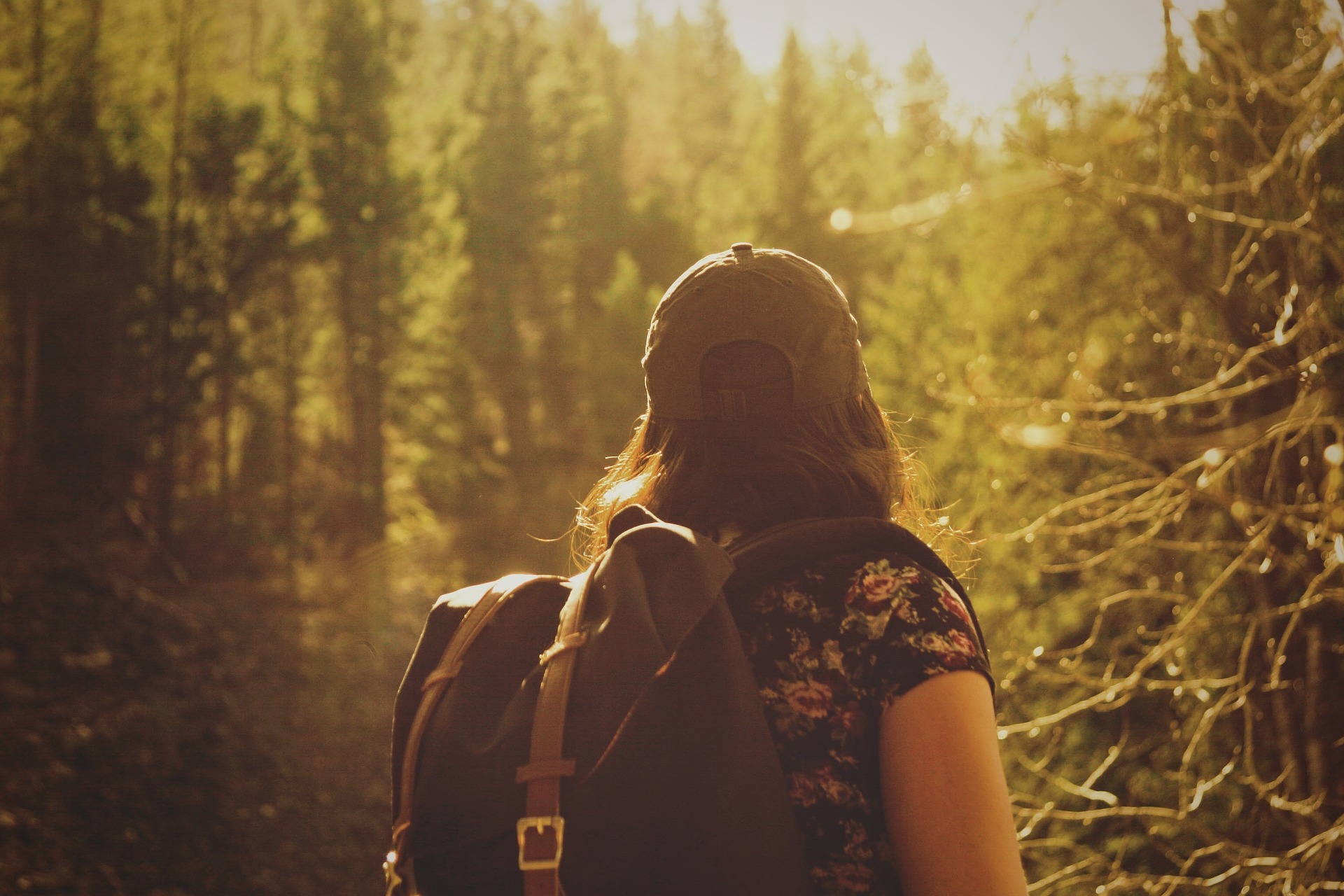
Presently, more than ever, walking and hiking are exciting variants to explore the outdoors, whether you're traveling or staying close to home. And though getting your way from point A to point B on foot takes much longer, many adventurers prefer to see the beauty of the planet by hiking. There's the Inca Trail in Peru and the Camino De Santiago spanning three European countries, Mount Kilimanjaro in Tanzania, and the ambitious Appalachian and Pacific Crest Trails in the U.S. — every mountain suggests a new view, a different challenge, and, hopefully, a renewed respect for Mother Nature.
Wondering what to take hiking? Even if you’re only thinking to be out for a few hours on a day hike, it’s essential to pack some important things. Weather can change fast outdoors, and something as easy as a rolled ankle might indicate you’re out longer than expected.
Before you start preparing
Be an intelligent hiker by being prepared. Experience and skills won’t fit in your backpack, but they’re important to have – if you’re a beginner, check out local hiking organizations to learn skills and meet more experienced hikers. Understand your route and plans before you go, always leave a trip program with a trusted friend, and make sure your shoes is trail-worthy and suitable.
The 10 essentials:
Take a topographic atlas and a compass. If you also take a GPS, it’s still crucial that you know how to travel by map and compass. An altimeter is optional but beneficial since it gives your approximate elevation to help you figure out your place on the map. Make sure maps are in a waterproof bag.
Ever get hangry? It’s not fun – significantly if you’re delayed or are dealing with an outdoor accident. Bring more food, like high-energy bars and dry food that could take you through one another day.
Carry water and extra water (about 1–2L more as a usual guideline, though this varies greatly depending on weather and situation) to cover you for additional time outside. Some people take water bottles while others favor a hydration bladder. A tendency to treat water – like tablets or filters – is also a great idea. Electrolyte drink crystals are highly recommended.
Sunscreen is a good start – also remember sunglasses from SS21 Saint Laurent eyewear collection, lip balm, a hat with a nice wide brim, and clothes that provide protection from the sun’s rays. Even if there’s snow on the area, you can still get sunburned.
Even if it looks warm at the trailhead, you should always carry extra clothes. Weather can change suddenly, especially in the mountains or if you end up out longer than planned. Dry things can be the difference between a few laughs and hypothermia. Think jacket, gloves, hat, more socks and waterproof outer covers.
Each person in your group should own their LED headlamp, along with spare batteries. Even on a day trip, a pause might keep you out until sunset and beyond. Reminder: the flashlight on your smartphone is not an acceptable substitute – plus it uses precious battery life in an accident.
The size of the first-aid kit you bring depends on the amount of people, length of the journey, how far you’re going, and the level of risk for your tour. Ere you go, make sure you’ve restocked all things and that nothing has expired. Items to always carry in your first-aid kit are: protecting gloves, bandage, scissors, blister dressings, pocket mask and SAM splint.
Matches or a lighter along with a commercial fire starter and/or a candle. A little folding saw is invaluable for fire and shelter-building conditions.
-
Repair kit and instruments
Take items like a multi-tool, scissors, cutter, duct tape, cable ties, screwdriver, pliers and little trowel. Yes, you can use intermediaries to slice apples for lunch, but they’re also helpful for first-aid, minor repairs, building fires and shelters, and other casual things that come up.
If you’re on a late trip, you likely already have a cover and sleeping bag. But even if you’re on a day hike, it’s still necessary to bring something for emergencies. You can practice a large orange plastic bag combined with an emergency blanket or use a pre-made emergency bivy bag. Crawl inside to stay warm and dry; the orange color attracts attention and is highly noticeable.
Lastly, bring your fully-charged telephone and keep it turned off in a waterproof container or bag to save batteries. Also take a whistle – if you need to call out, it remains longer than your voice.
For remote terrain beyond telephone coverage, you may also want to carry satellite communication tools that allow you to send information or summon help in an emergency.